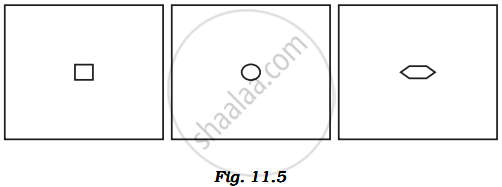Topics
Matter
Physical Quantities and Measurement
- Measurements
- Unit and Its Types
- Unit Systems
- Physical Quantities
- Rules and Conventions for Writing SI Units and Their Symbols
- International System of Units (Si System)
- Unit Prefixes
- Measurement of Length
- Devices for Measuring Length
- Measurement of Mass
- Devices for Measuring Mass
- Measurement of Time
- Devices for Measuring Time
- The Temperature and a Thermometer
- Measuring Temperature
- Area and It’s Unit
- Measurement of Area
Force
- Force - Push or Pull
- Effect of Force
- Types of Force: Contact Force
- Types of Force: Non-Contact Force
- Force of Friction
- Effects of Friction
- Kinds of Friction
- Advantages and Disadvantage of Friction
- Increasing and Reducing Friction
Energy
- Concept of Work
- Energy
- Machines
- Principle of Machine
- Efficiency of a Machine
- Simple Machines
- Mechanical Advantage
- A Lever
- Types of Levers
- A Pulley
- A Wheel and Axle
- An Inclined Plane
- A Wedge
- Screw
- Care of Machines
- Machines (Numerical)
Light
Magnetism
- Discovery of Magnets
- Classification of Magnets
- Magnetic and Non-magnetic Materials
- Magnet
- Magnetic Properties
- Magnetic Field
- Earth’s Magnetism
- Making a Magnet
- Electromagnet
- Making of an Electromagnet
- Applications of Electromagnets
- Care and Storage of Magnets
- Demagnetization of a Magnet
Luminous and Non-luminous Bodies:
- Luminous objects: Luminous objects are things that produce their own light. These objects or materials are a source of light themselves. The light they emit helps us see other things around us. For example, the sun, electric bulbs, stars, and fireflies are luminous objects. The brightness or intensity of the light depends on how much light the object gives off. For instance, a torchlight is brighter than a candle because it produces more light.
- Non-Luminous Objects: Non-luminous objects are not a source of light. They do not emit light on their own. We can only see non-luminous objects when they reflect light from luminous objects. For example, the moon, trees, books, and humans are non-luminous. They can be seen because they reflect light from the sun or other sources.
If you would like to contribute notes or other learning material, please submit them using the button below.

